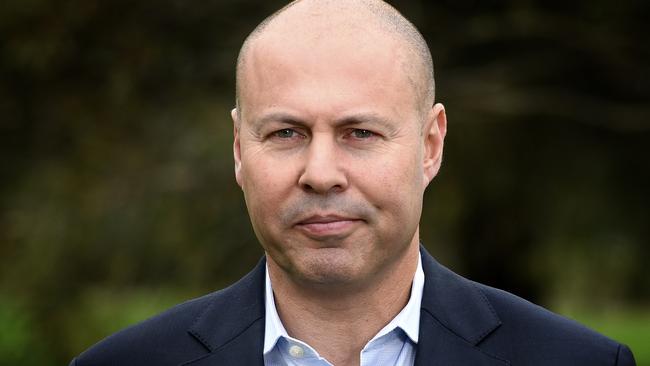
But it is more than just losing the base – the reliable middle and upper class well-educated professionals that have been the backbone of the party – the Liberals have lost the centre ground of politics where elections are run and won in Australia.
The Liberal Party is now engulfed in its greatest crisis since 1944. This cannot be understated. It is a crisis that goes to the party’s identity and values, its campaigning capacity, candidate selection and leadership. It is now a party in search of a constituency.
The teal movement in the cities and suburbs, along with other independents in outer suburbs and regional areas, has momentum and is growing. It is likely that these independents will hold their seats for several terms. History suggests it is hard to dislodge an independent.
The teals echo what the Democratic Labor Party was to the Labor Party in the 1950s and ‘60s. The DLP was a breakaway from Labor that sent its preferences to the Liberal Party and helped sustain Robert Menzies’ government in power through to the 1960s. But the teals are a greater threat than the DLP was to Labor.
Heartland lost
The Liberal Party’s heartland has been lost. The most devastating defeat is the seat of Kooyong, held by Josh Frydenberg, which was the seat that Menzies held. To lose the seat held by the Liberal Party’s principal founder is a body blow. But almost all the seats held by former Liberal Party leaders are now lost or at risk.
The seat of Higgins, once held by Harold Holt and John Gorton, has been lost to Labor. The seat of Lowe, held by Billy McMahon, is now Reid and won by Labor. Malcolm Turnbull’s seat of Wentworth is lost. And Warringah, held by Tony Abbott, was lost in 2019. John Howard’s seat of Bennelong is at risk of falling to Labor.

To these seats you can add Mayo, held by Liberal opposition leader Alexander Downer, which was lost to Rebekha Sharkie in 2016. John Hewson also held Wentworth. Bruce, held by Liberal leader Billy Snedden, was lost to Labor in 1996.
At this election, Labor won Boothby which it has not held since 1949 and Tangney which it has not held since 1984. And the Greens, astonishingly, won Ryan. This tally of blue-blood Liberal seat losses in Sydney, Melbourne, Brisbane, Adelaide and Perth is staggering.
The truth is that the teal independents appealed to the people who once voted Liberal but felt they could no longer identify with the party. Labor was never in the hunt for these seats but community minded independents, running strongly on climate change and integrity, and treatment of women in politics, struck a chord.
The Liberal Party failed to see this wave coming and were dumped as a result. The Liberal Party has drifted to the right. It has lost much of its moderate Liberal wing. Past leaders like Turnbull, Hewson, Andrew Peacock and Malcolm Fraser found it hard to identify with the party. They saw it as a small-l Liberal Party not a wholly conservative party. The Broad Church is gone. As a result, many small-l Liberals now vote teal.
Menzies, in his famous “Forgotten People” broadcast of 1942, spoke of “the forgotten class” of voters who were in the middle ground but politically homeless. They were not “rich and powerful” or “the mass of unskilled people” but somewhere in the centre ground, “unorganised and “unselfconscious” who needed a party to represent them.
This became the creed of the Liberal Party when it was formed in 1944. Menzies made a direct appeal to “professional men and women”. He spoke of the need for his party to represent the educated, community-minded, progressive, middle class. They had moral values. They have now left the party and found a home with the teal independents.
Troy Bramston is the author of Robert Menzies: The Art of Politics (Scribe)




The rise of the teal independents represents an existential threat to the Liberal Party’s future viability as a political entity capable of forming government. The likely loss of heartland seats such as Kooyong, Goldstein, Curtin, North Sydney, Mackellar, Wentworth, Warringah, along with Higgins and Boothby to Labor, represent a revolt from the party’s base.